Fastening Methods for Phenolic Insulation Board Installation
2025-06-08 20:28:16
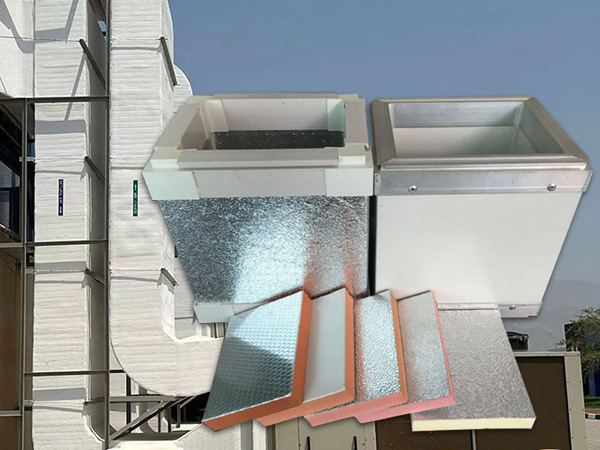
Fastening Methods for Phenolic Insulation Board Installation
Proper fixation is essential for ensuring the structural integrity and long-term performance of phenolic insulation systems. Below are the recommended fastening techniques for different application scenarios.
1. Mechanical Fastening (Primary Method for Exterior Applications)
Suitable for:
External wall insulation (ETICS)
Roofing and high-load areas
High-wind or seismic zones
Recommended Fasteners:
Plastic anchors (nylon/polyamide) – Provide thermal breaks and corrosion resistance.
Insulated metal anchors (stainless steel with plastic sleeves) – Offer higher pull-out strength while minimizing thermal bridging.
Self-tapping screws (with corrosion-resistant coating) – Suitable for metal substrates.
Installation Guidelines:
Minimum embedment depth: 50 mm into concrete/masonry substrates.
Spacing: 300–400 mm along board edges, 500–600 mm in the field.
Washers: Use large-diameter (≥60 mm) thermal-break washers to prevent over-compression.
2. Adhesive-Only Fixation (For Interior & Low-Stress Applications)
Suitable for:
Interior partition walls
Ceiling applications
Fire-rated assemblies requiring minimal penetrations
Adhesive Types:
Polyurethane (PU) adhesive – Flexible, high bond strength, and moisture-resistant.
Cementitious mortar – Fireproof and rigid, ideal for fire barrier applications.
Application Methods:
Full-bed application: Adhesive coverage ≥40% of the board surface.
Peripheral bead method: Continuous adhesive strips along edges with intermittent dots in the field.
Curing time: Allow 24–48 hours before applying mechanical loads.
3. Hybrid Fixation (Adhesive + Mechanical Fasteners)
Suitable for:
High-rise buildings
Areas with extreme weather conditions
Structural insulation systems
Procedure:
Apply adhesive to ensure full contact with the substrate.
Reinforce with mechanical fasteners (plastic or insulated metal anchors).
Maintain proper fastener spacing (as per engineering specifications).
4. Special Considerations for Fire-Rated Systems
Fireproof fasteners: Use intumescent or stainless steel anchors in fire-rated assemblies.
Sealing penetrations: Apply fire-rated sealants around fasteners and joints.
Avoid thermal bridges: Use non-metallic or thermally broken fasteners.
Best Practices for All Fixation Methods
✔ Substrate preparation: Ensure surfaces are clean, dry, and structurally sound.
✔ Expansion gaps: Leave 3–5 mm gaps between boards to accommodate thermal movement.
✔ Quality control: Verify pull-out strength and adhesive coverage through spot checks.
✔ Weather protection: Shield installed boards from rain/UV exposure until final cladding is applied.
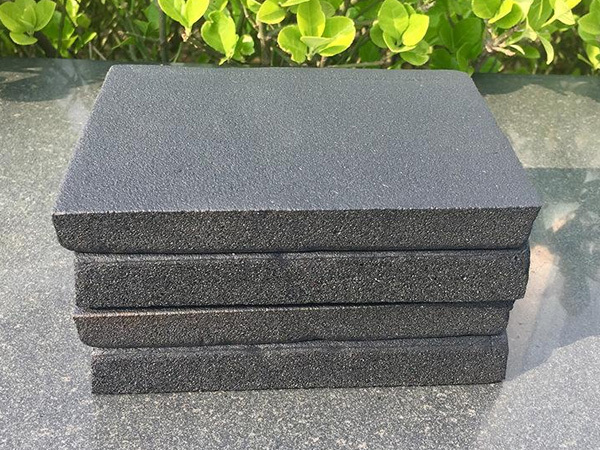
OurFlame Retardant Rubber Foamis a premium closed-cell elastomeric insulation material engi...
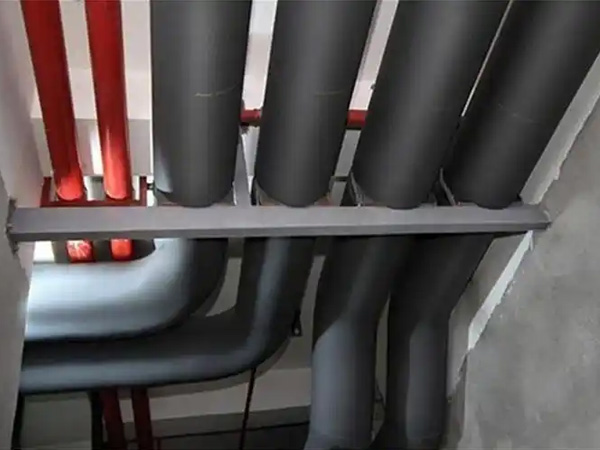
OurRubber Pipe Insulationis a high-performance solution designed specifically for HVAC pipi...
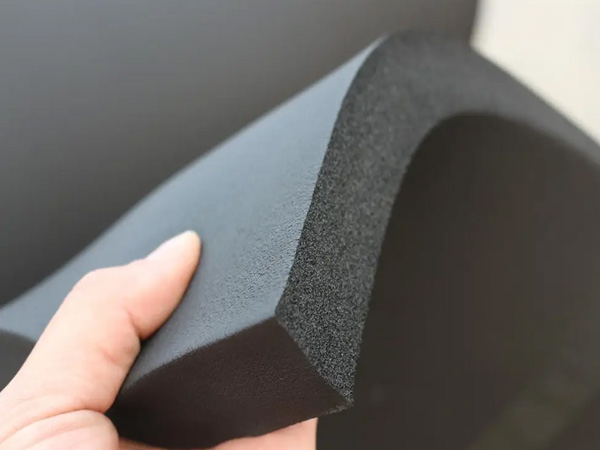
Rubber Foam Insulation Sheet – Product Introduction Premium Flexible Insulation for Therm...
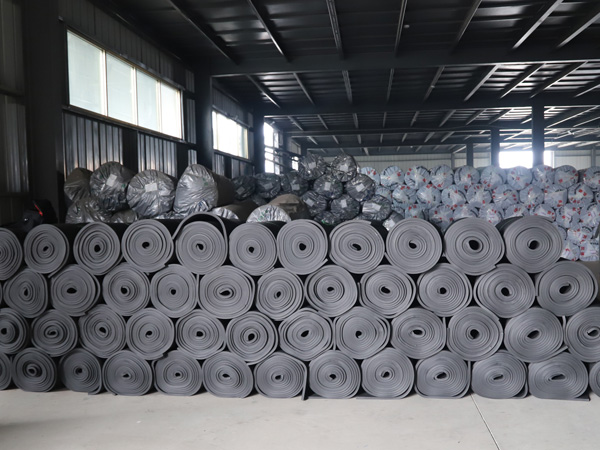
Specially engineered for refrigeration applications, ourElastomeric Rubber Insulationprovid...



